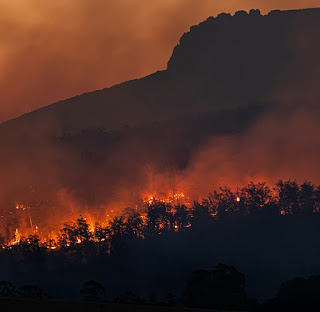What is dust and what are its effects?

Dust and meteorite formation What is dust and what are its effects and theories around it? From small beginnings come great things Last month, the night sky was filled with bright fireballs and thin streaks of light, this celestial light show was one of the greatest astronomical events of the year (the Perseids meteor shower). In the best of years, the Perseids can produce up to 100 meteorites per hour, but the question is: Where do these meteorites come from? Surely the answer may surprise you. Meteors are giant space rocks rushing at a tremendous speed across the universe, but what gives rise to the glamor and magic of meteor showers is dust, yes it is dust. It turns out that most of the flashes and lines that we see during a meteor shower, are the result of small fragments, no larger than a grain of sand, passing through the upper atmosphere and as a result of friction and due to gravity will create fireworks and sparkling attractive lines. Dust origin But where did the dust come fr...








